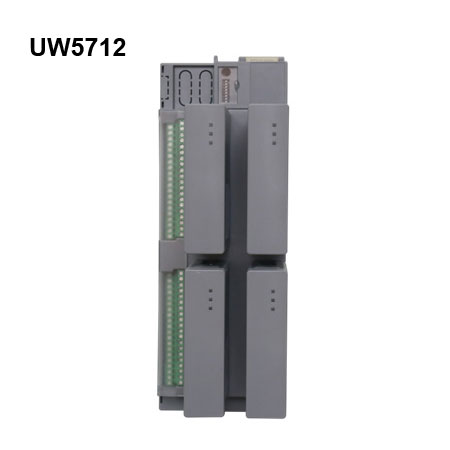First, a Distributed Control System is more reliable. This is not only because it is distributed, but also because it has redundancy at multiple levels. This is reflected in the fact that it controls safety-critical processes, reducing the probability of equipment failure or downtime that may cause casualties in the process. In addition, redundancy can improve the reliability of the equipment, and operators in this area spend more time on displays, software, and applications.

In addition, the response time of a Distributed Control System is more, so it is best suited for processes with more analog signals and PID loops. Programmable Logic Controller is more suitable for processes that require more discrete signals and fewer analog signals.
What's more, operators can get many predefined functions, function blocks, and high-level programming languages from a Distributed Control System, but in a Programmable Logic Controller, operators are usually required to write and define functions themselves.
Finally, the network architecture of a Distributed Control System is easier to implement with integrated hardware and software packages. However, its hardware and software packages cost much more than Programmable Logic Controller, and it is usually less flexible. Distributed Control System can be summarized as highly optimized and stable, but with limited scalability; while Programmable Logic Controller, although less stable and requiring more investment, is more flexible and suitable for certain industries. Therefore, whether Programmable Logic Controller is used as part of a centralized or distributed system, it is still an indispensable part of the Industrial Control System.
